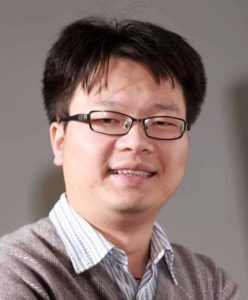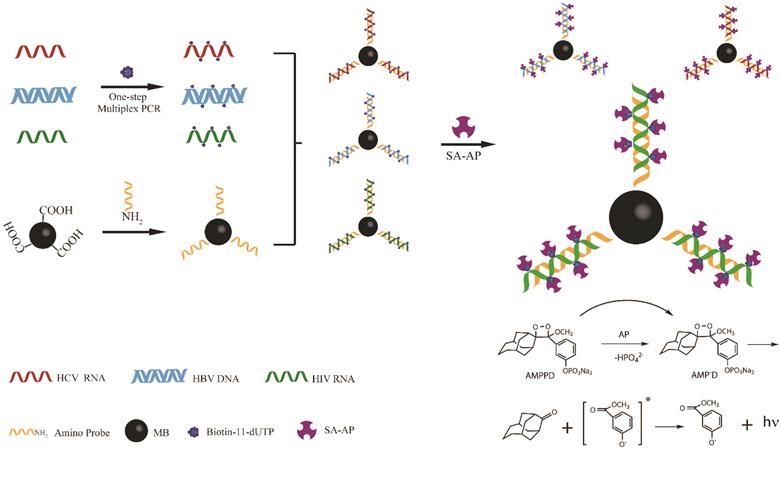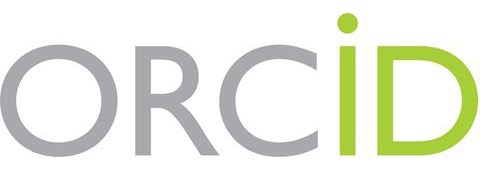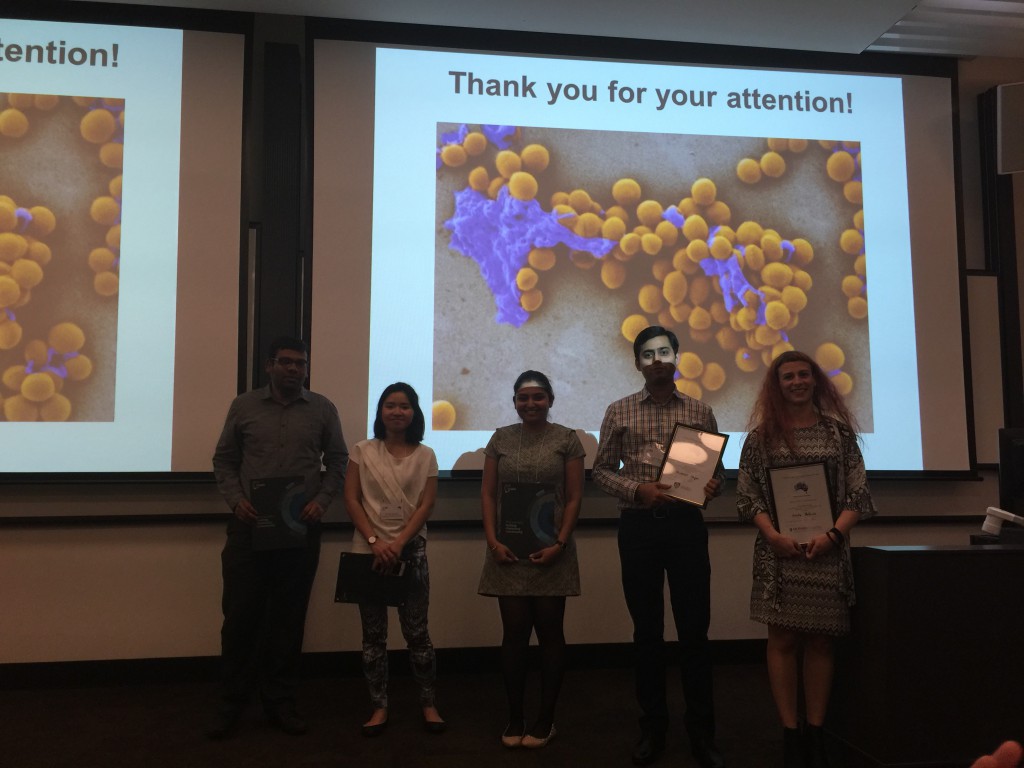It is with great pleasure that we announce Prof. Zhuang Liu (Soochow University, China) as the recipient of the 2017 Biomaterials Science Lectureship.
The Biomaterials Science Lectureship is an annual award that honours an early-career researcher for their significant contribution to the biomaterials field. The recipient is selected by the Biomaterials Science Editorial Board from a list of candidates nominated by the community.
Read on to find out more about Zhuang…
Zhuang Liu obtained his PhD in Chemistry at Stanford University in 2008 after completing a Bachelor’s Degree at Peking University in 2004. He remained another year at Stanford University for a postdoctoral fellowship, before becoming a Professor at the Institute of Functional Nano & Soft Material (FUNSOM), in Soochow University, China in 2009.
His current research interests focus on the development of various synthetic functional nanomaterials as well as natural biomaterials for applications in biomedical imaging, drug delivery, and novel cancer therapies. Since 2005, Dr. Liu has authored over 255 peer-reviewed papers, which have been cited over 27,000 times. He was listed as one of the ‘Most Cited Chinese Researchers (Materials Science)’ by Elsevier in 2014 and 2015, and one of the ‘Highly Cited Researchers 2015 (Chemistry, Materials)’ by Thomson Reuters. He received the NSFC distinguished young scholar award in 2015.
To learn more about Zhuang’s research, have a look at his recent publication in Biomaterials Science:
Comparison of nanomedicine-based chemotherapy, photodynamic therapy and photothermal therapy using reduced graphene oxide for the model system
Jingjing Liu, Kai Liu, Liangzhu Feng, Zhuang Liu and Ligeng Xu
Biomater. Sci., 2017, 5, 331-340
We would like to thank everybody who nominated a candidate for the Lectureship; we received many excellent nominations, and the Editorial Board had a difficult task in choosing between some outstanding candidates.
Please join us in congratulating Zhuang on his award!





















